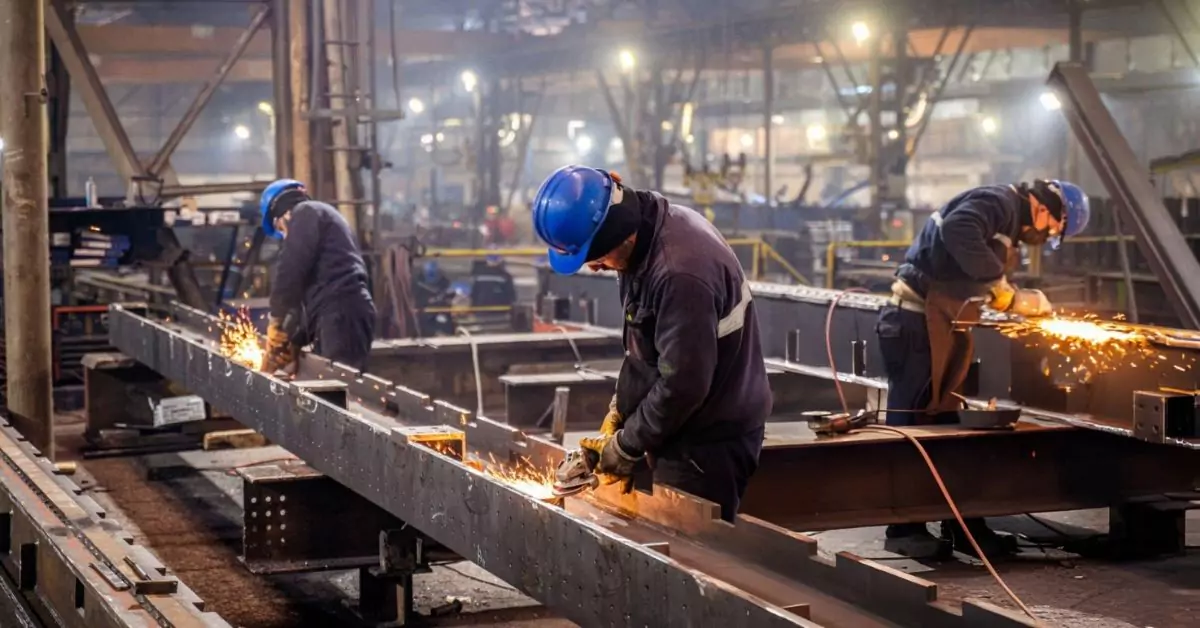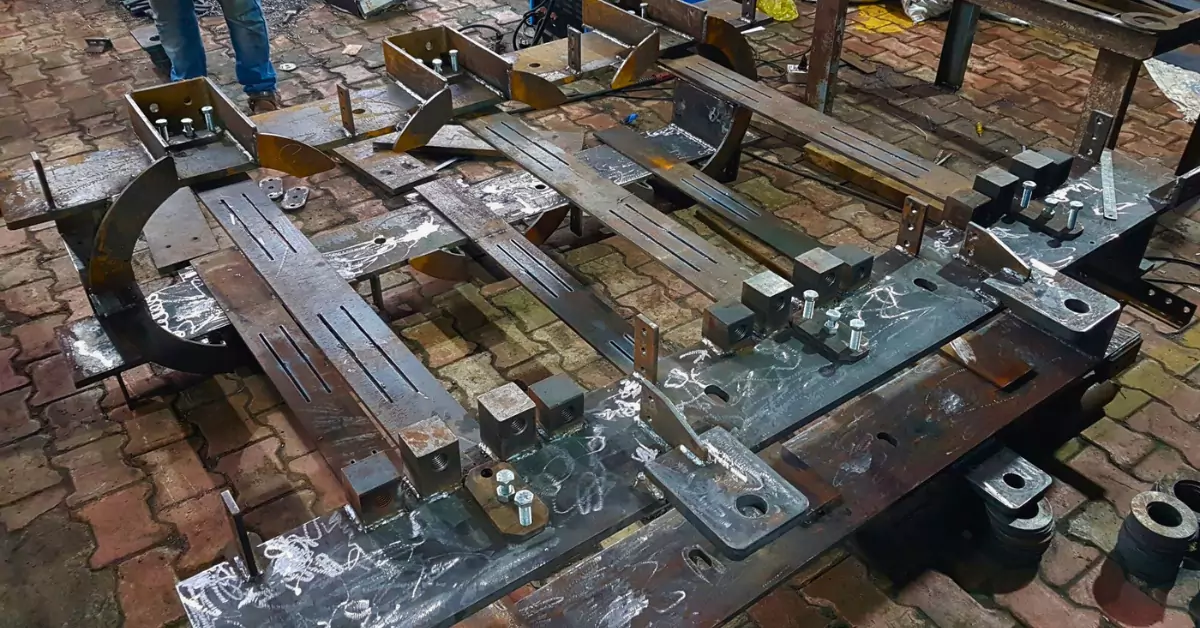Understanding Fabrication: Types, Techniques, and Applications
Introduction
Fabrication is the method used to make steel structures and parts using cutting, bending and joining material. It is an essential process in areas like automobile, construction as well as aerospace and manufacturing. Through understanding the many methods of fabricating companies can select the appropriate method that meets their particular needs. In this piece we’ll explore the various types of fabrication techniques, such as cutting fold casting, forging punching, machining, shearing as well as welding and stamping.
What is Fabrication?
Fabrication refers to the transformation of the raw materials, usually metals into finished items or parts. It can involve various processes starting with cutting and bending, to joining and finishing. The aim is to create top-quality and functional components that are in line with the requirements.
Types of Fabrication Processes
1. Cutting
Cutting is among the primary fabrication methods. This involves cutting a substance into small sections for the purpose of creating particular dimensions or shapes. This is accomplished using diverse methods like:
- Laser Cutting: High accuracy and can be used for complex designs.
- Plasma Cutting: Utilizes a speedy Ionized gas jet that is suitable for heavier metals.
- Water Jet Cutting: uses high-pressure water. Sometimes it is mixed with abrasive materials, ideal for heating-sensitive material.
2. Folding
The process involves folding steel sheets to specific forms or angles. It is usually done with press brakes that allows for simple bends as well as complicated geometries. It is vital to fold steel parts such as brackets, enclosures, panels, and so on.
3. Casting
The process involves pouring the molten metal into molds to produce intricate shapes that are impossible with other techniques. The process is widely employed in the production of automobile components, engine parts as well as machinery.
4. Forging
Forging is the process of shaping metal by using locally compressed forces. The process can be used for the production of high-strength products such as shafts, gears, or hand instruments. Forging is performed at various temperatures.
- Cold Forging: For higher dimensional quality and greater strength.
- Hot Forging provides better flexibility to more complicated forms.
5. Machining
Machining is an subtractive process which removes materials from an object to create the ideal shape. Most machining tasks include:
- Turning : Useful for cylindrical components such as shafts.
- Milling: involves cutting flat surfaces, slot or intricate 3D forms.
- Drilling: creates holes in the surface of metal.
6. Shearing
Shearing can be used to cut straight lines across steel stock that is flat. It is accomplished by using a shear blade that uses pressure to break from the materials. This technique is efficient in cutting plates, sheets and strips.
7. Punching
The process of punching requires the use of a punch to force the metal in order to form an opening. It is widely utilized in the manufacturing industry to make holes to fasteners as well as to design designs.
8. Stamping
Stamping involves pressing a layer of metal through a mold in order to create a specific form. The process can be used to create a range of products, ranging from small electronic components to huge automobile panels. The types of stamping are:
- Blanking: cutting out an area of the material.
- Embossing: creating patterns that are recessed or raised.
- Flanging: bend edges to increase the strength of the edges and to create attachment points.
9. Welding
It is the act of connecting two or more pieces of steel using pressure, heat or both. There are a variety of welding techniques, such as:
- MIG welding: is ideal for more dense material and for high-speed use.
- TIG welding: provides precise, superior welds that are especially suitable for the most delicate materials.
- Arc Welding: widely used to repair or construct because of its versatility.
Choosing the Right Fabrication Method
The best fabrication method is dependent on a variety of aspects:
- Materials Type: Different metals react better to particular techniques.
- Design Complexity: Intricate designs may require precise methods like laser cutting or casting.
- Production Volume: Production with high volume could profit from processes such as the forging process or stamping.
- Cost-Considerations There are some methods that can be more economical for large-scale production while other methods work well for custom-designed smaller-batch production projects.
Applications of Fabrication Techniques
Fabrication is employed in many industries to make a broad variety of items:
- Construction: Columns, beams as well as structural components.
- Automotive: engine parts including chassis, body, and panels.
- Aerospace: Aircraft components and structural components.
- Manufacturing: Equipment, Machinery and equipment.
Conclusion
Knowing the different types of Steel Fabrication Services, heavy steel plate fabrication, Industrial Structural Fabrication methods is vital to selecting the best process for your job. If you require precise cutting or durable welding or intricate casting, every process has unique advantages which can improve the quality and performance of the end product. If you choose the appropriate manufacturing method, companies can improve their processes for manufacturing, decrease expenses, and produce superior outcomes.
If you require expert fabrication such as cutting fold and casting, forging cutting, shearing or stamping and welding, get in touch with ES HAJI & CO, the trusted Flange Manufacturers in Chennai.




